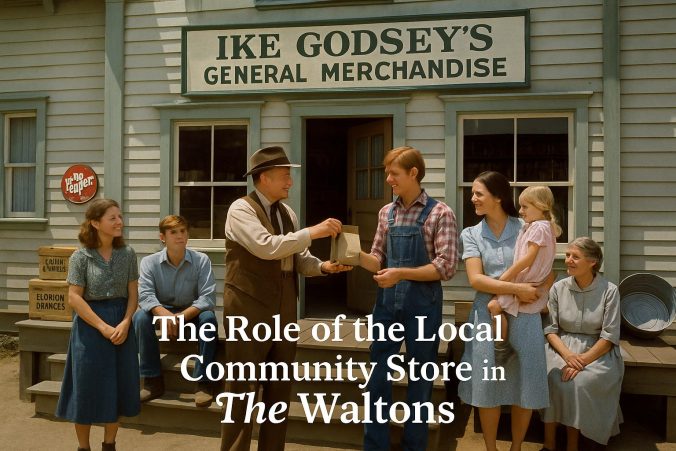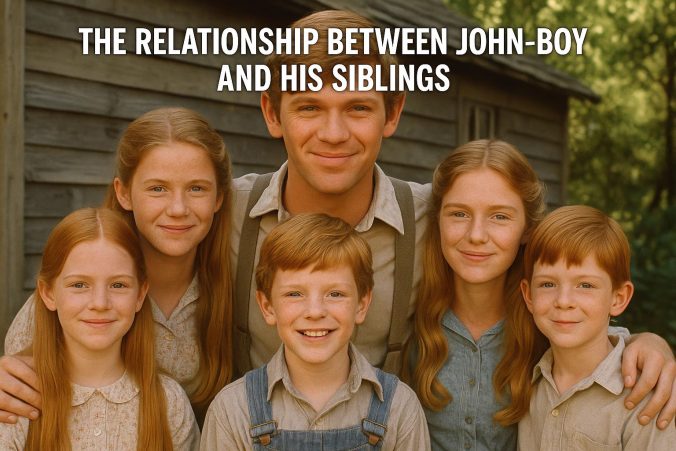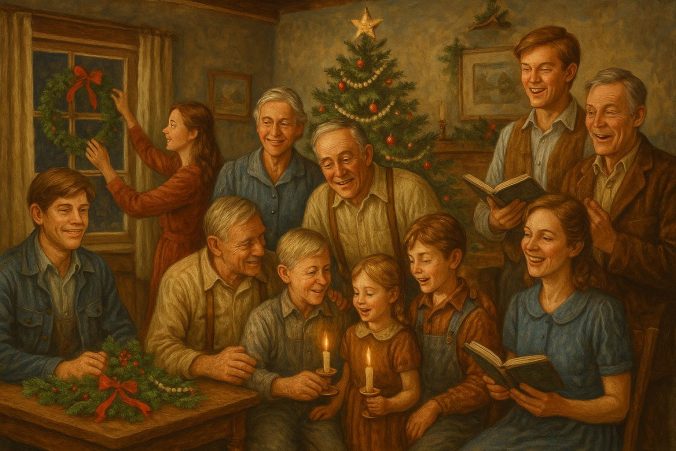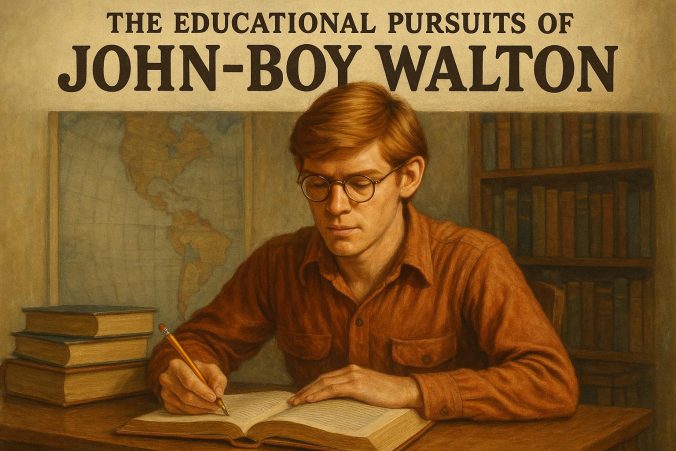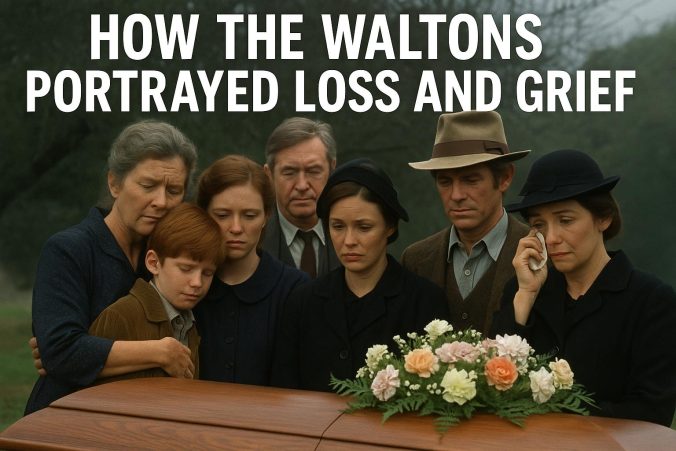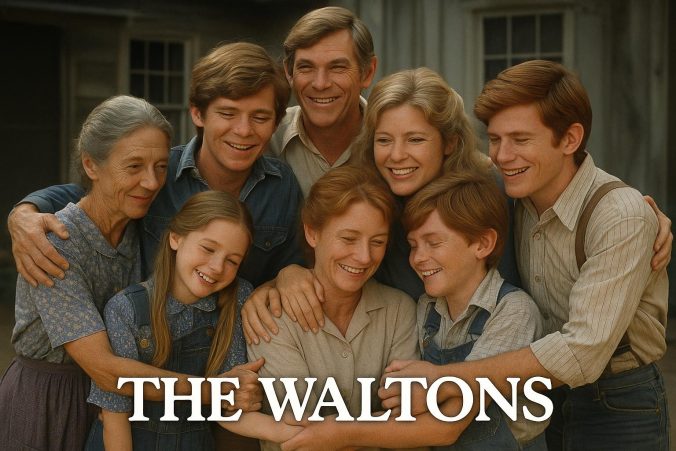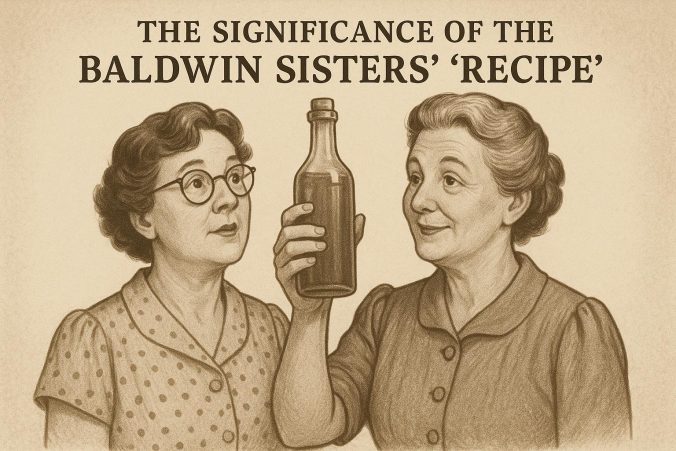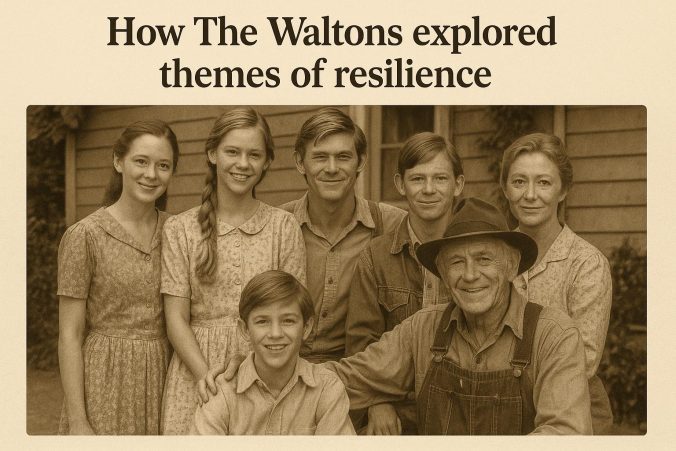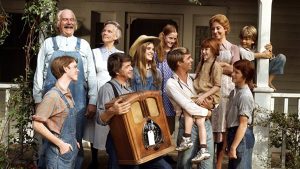The Importance of the Local Community Store in The Waltons
The local community store on the classic television show The Waltons played a critical role in depicting the rural life of the early 20th century. It was much more than a simple retail establishment; it was a social hub and a vital part of the community’s everyday life.
The Setting of the Store
In the show, the community store was operated by Ike Godsey, a character who maintained a strong presence in both the commercial and personal lives of the Walton family and their neighbors. The store provided essential goods that families needed, from groceries to farming supplies, reflecting the multifaceted role these stores played in sustaining rural communities.
The store was physically located at a central point in the community, making it accessible for everyone in the area. This central location was essential in a time when transportation options were limited and people relied on proximity to fulfill their needs. The layout of the store, with its wooden shelves and counters filled with a variety of goods, represented the era’s typical general store setup. Ike Godsey, as the storekeeper, was not just a retailer but also a confidant and advisor for community members. His character exemplified the interconnectedness of small-town life, where personal and professional roles often intertwined.
A Social Gathering Place
Beyond its function as a retail outlet, the store functioned as a primary social gathering point for the Walton family and other locals. It was a place where residents caught up on news, discussed community issues, and shared personal stories. This role emphasized the store’s importance in fostering a sense of community and belonging.
The community store served as a venue for both planned and impromptu meetings. It was where community members would meet while running errands, often staying longer than necessary to engage in conversation. These interactions were essential for maintaining social ties and ensuring a support network within the town. Also, the store provided a space for after-hours community events and gatherings, further cementing its role as a communal focal point.
Economic and Cultural Significance
The community store also represented the economic and cultural exchanges that occurred within the community. Transactions and interactions at the store did not merely involve goods and currency; they were integral to the cultural fabric of the time, mirroring the challenges and triumphs of the era. The store’s ability to offer a variety of services, like credit or barter systems, also depicted the trust and relationships that underpinned community life.
The economic activities within the store reflected the adaptability and resilience of the community. During hard times, the store offered credit to families, demonstrating a reliance on mutual trust and extended community support. Barter systems were often employed, where individuals traded goods or services in exchange for items needed, circumventing the need for cash transactions. Cultural exchanges were prevalent as well, where stories and traditional practices were shared among community members, thus preserving cultural heritage.
Legacy in Modern Context
While the specifics of local community stores have evolved over time, the role exemplified in The Waltons still resonates today. Modern equivalents, like community centers or local markets, continue to serve as critical social and economic networks. The portrayal of Ike Godsey’s store reminds us of the enduring importance of local businesses in community cohesion and resilience.
The concept of a local hub has persisted even as society has become increasingly urbanized and digitalized. Today’s community centers, farmers’ markets, and local coffee shops serve similar purposes. They offer a space not just for economic transactions but also for social interactions and cultural exchanges, continuing the legacy of fostering community ties. They illustrate the importance of local businesses in enhancing the quality of life, providing personalized services, and ensuring the circulation of local culture.
The idea of supporting local businesses has taken on new significance in recent years, with movements emphasizing the benefits to local economies, sustainability, and building a more interconnected community. The resilience observed in modern local businesses mirrors the resilience depicted in The Waltons, as they adapt to changing circumstances while maintaining community-centered values.
In conclusion, the community store in The Waltons was much more than a simple retail establishment. It was a cornerstone of rural life that provided essential goods, facilitated cultural and economic exchanges, and played a fundamental role in fostering community spirit and resilience. Even as society changes, the essence of the community store remains relevant, reminding us of the timeless importance of local businesses in connecting people and nurturing strong, supportive communities.
For more information on The Waltons and its impact, you may visit this website.
